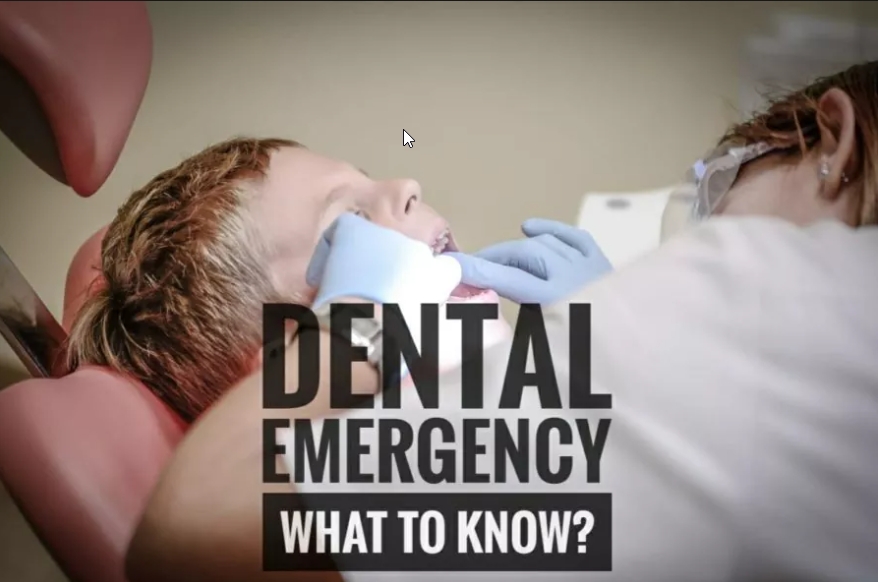
Dental emergencies can happen at any time, and they often catch us off guard. Whether it’s a sudden toothache, a broken tooth, or a knocked-out tooth, knowing how to respond promptly can make a significant difference in preserving your dental health. In this blog, we’ll discuss common dental emergencies and provide guidance on how to manage them until you can see your dentist.
1. Toothache
A toothache can be excruciating and is often a sign of an underlying issue like a cavity or an infection. Here’s what you can do:
Rinse your mouth gently with warm water.
Floss gently to remove any trapped debris.
If the pain persists, use over-the-counter pain relievers as directed.
Contact your dentist for an appointment.
2. Chipped or Broken Tooth
If you’ve chipped or broken a tooth, follow these steps:
Save any broken pieces. Try not to rub your tongue on the broken tooth as this may irritate and ulcerate your tongue.
Rinse your mouth with warm water.
Contact your dentist immediately for guidance and repair.
3. Knocked-Out Tooth (Avulsed Tooth)
A knocked-out tooth can often be saved if you act quickly:
Handle the tooth by the crown (the top part), not the root.
Rinse it gently with clean water, but do not scrub.
Try to reinsert it into the socket if possible.
If that’s not feasible, keep the tooth moist by placing it in a container with milk or your saliva.
Seek immediate dental care. Time is critical in saving a knocked-out tooth.
4. Lost Filling or Crown
Losing a filling or crown can expose sensitive dental tissue:
Apply dental cement or sugar-free gum to the exposed area temporarily.
Avoid chewing on the affected side.
Contact your dentist for a replacement or repair.
5. Soft Tissue Injury (Bitten Lip, Tongue, or Cheek)
Soft tissue injuries can be painful and require careful attention:
Clean the injured area with warm water.
Use a cold compress to reduce swelling and ease pain.
If bleeding is severe or does not stop, seek medical attention.
6. Object Stuck Between Teeth
An object lodged between your teeth can be uncomfortable:
Gently try to remove it with dental floss.
Do not use sharp objects that can damage your gums.
If unsuccessful, contact your dentist for assistance.
7. Abscess or Swelling
A dental abscess or swelling could be a sign of infection:
Rinse your mouth with warm saltwater.
Use over-the-counter pain relievers as directed.
Contact your dentist for an appointment, as antibiotics may be necessary.
Remember: Dental emergencies require prompt attention. Contact your dentist as soon as possible.
In case of severe bleeding, head trauma, or difficulty breathing, visit the nearest emergency room.
Preventing dental emergencies is essential. Regular dental check-ups and good oral hygiene practices can help catch issues early and reduce the risk of emergencies. However, when an emergency arises, knowing how to respond can make all the difference in preserving your dental health.
If you encounter a dental emergency, don’t hesitate to contact Pure Bliss Dental Care at 3341 0049. We’re here to provide you with prompt and compassionate care, helping you regain your oral health and smile confidently once again.





